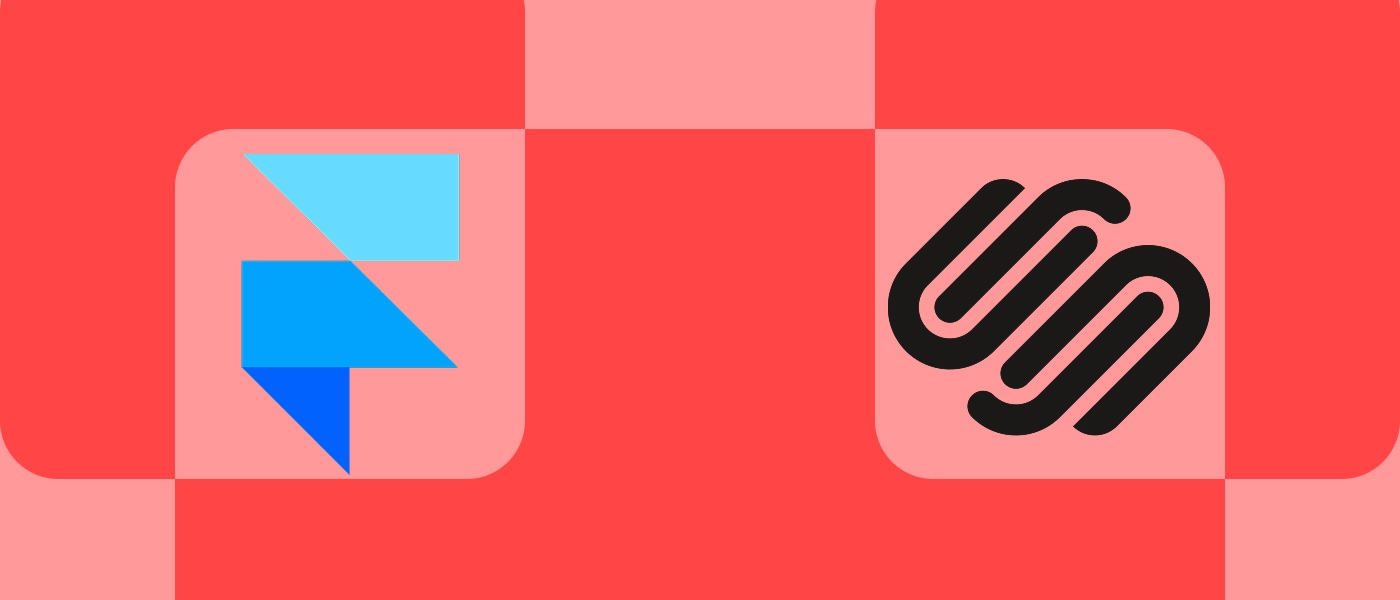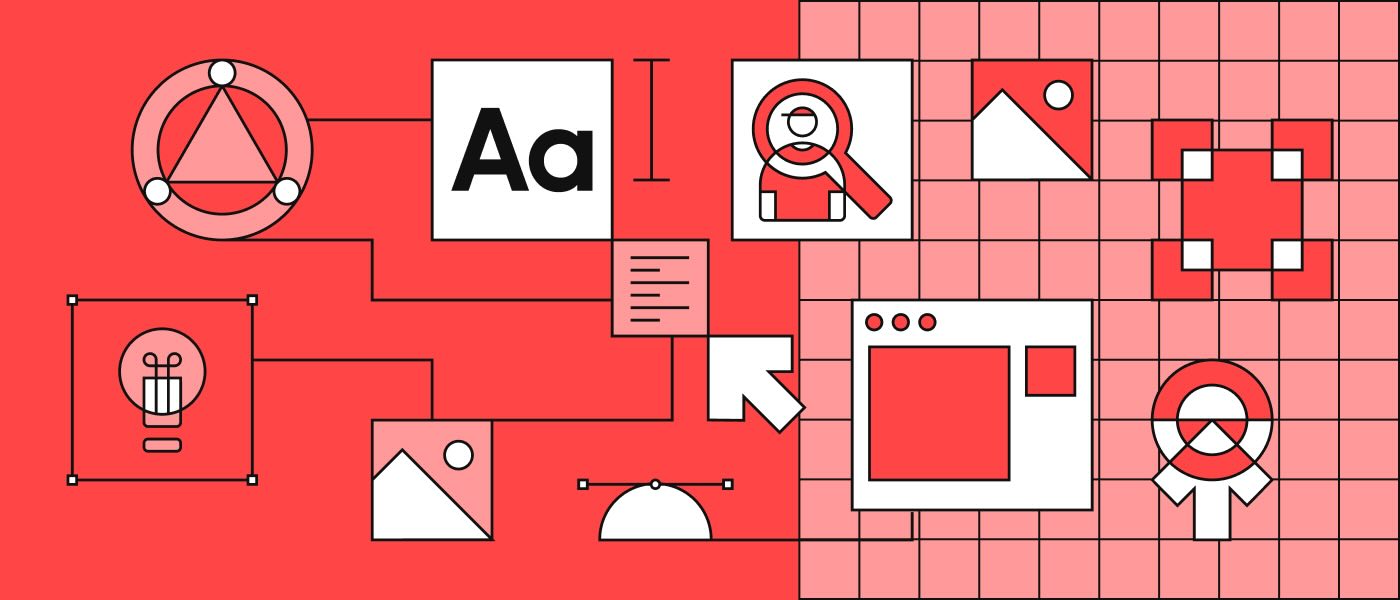Custom Fintech Solutions

Explore how custom fintech solutions help financial institutions improve operations, ensure compliance, and deliver seamless digital experiences to users.
Custom Fintech Solutions for Modern Financial Services
Custom fintech software is now a clear advantage. Banks, credit unions, and startups use tailor-made platforms to move faster, reduce risk, and ship products that users trust.
Benefits of Custom Fintech Software Solutions
Custom development enables you to scale on your own terms. You can optimize the system for peak loads, split services by domain, and introduce new products without disrupting existing ones. When traffic spikes at month end or during a campaign, your platform bends instead of breaking.
It also helps with compliance. Rules shift by market and over time. With your own codebase, you can embed controls for consent, retention, and audit. You set data residency, encryption policies, and how access works. That keeps risk down and lets you ship with confidence.
Personalization is the third gain. Journeys can adapt to a user’s context, Know Your Customer (KYC) status, and risk score. This leads to smoother onboarding, higher activation, and fewer support tickets. It is where strong banking app UX meets measurable results.
Efficiency and Automation
Automation reduces cost and human error. Straight-through processing handles repeatable work such as identity checks, transaction monitoring, fee calculations, and dispute routing. Ops teams get clean queues with the right case at the right time.
Back-office tasks also improve. Scheduled reconciliations, alert triage, and service dashboards give teams a single source of truth. People focus on edge cases while the system does the rest.
Case example: A mid-market lender ran manual checks across three tools. We built a rules engine for KYC and Anti-Money Laundering (AML), added clear status states, and wired alerts into a single dashboard. Decision time dropped by 41 percent in the first release.
Compliance and Security by Design
Security starts in the architecture. Design for least-privilege roles, network isolation, and encryption in transit and at rest. Add secrets management, key rotation, and device integrity checks. Use secure defaults and make exceptions rare.
Compliance belongs in the product, not only in a policy. Ask for consent with clear language. Show retention windows. Build flows for export and delete requests. For PSD2, apply Strong Customer Authentication and scope permissions with care. For GDPR, practice data minimization and log every sensitive action. Regular code scanning and penetration tests keep standards high over time.
Top Use Cases for Custom Financial Services Software
- Loan management systems: origination, risk scoring, underwriting, and servicing in one place.
- Digital wallets: tokenized cards, peer-to-peer payments, multi-currency, and real-time fraud rules.
- Investment platforms: onboarding, suitability, portfolios, and trading with audit-ready logs.
A custom front end turns complex logic into clear screens. UI-heavy development reduces errors and keeps users on task.
Case example: A family banking startup needed goal-based saving and investing for teens and parents. We shipped a youth banking module with spend controls, micro-investing, and simple education cards. Family activation rose by 31 percent in the first month, and “how to invest” tickets dropped sharply.
Banking and Payment Systems
Mobile banking lives on speed and trust. Custom builds let you tune login, push Strong Customer Authentication, and add biometrics that match your risk model. Account views, statements, and spending insights should load fast and feel native.
Real-time payments need careful orchestration. Break out services for authorization, clearing, and settlement with idempotency and retries. Customer onboarding pairs KYC with document capture, liveness checks, and sanctions screening. Clear copy and error states raise first-pass approval.
Investment and Wealth Management Platforms
Clients want a full picture of their money. Good platforms roll up accounts, positions, and performance across time. Custom dashboards let users set goals, track progress, and understand risk without guesswork.
AI-driven suggestions can guide rebalancing and next best actions. You control the rules, guardrails, and disclosures. Secure integrations connect to brokers and custodians with signed requests and rate limits. The UI keeps orders accurate and auditable.
Top Custom Android Solutions for Fintech
- Mobile payments: NFC, tokenized cards, tap to pay, and offline fallbacks for poor connectivity.
- Biometric security: fingerprint and face checks tied to device integrity and hardware-backed keys.
- Mobile-first design: smooth lists, clear charts, fast startup, and strong accessibility across devices.
Android holds a large share in many markets. Device labs, performance budgets, and smart caching help you deliver a fast, safe experience on a wide range of phones.
Best Practices in Custom Fintech Software Development
Use a clear software lifecycle and proven standards. Start with discovery and UX research. Validate flows with prototypes before code. Small releases reduce risk and let you learn from real users.
Agile delivery keeps scope honest. A good UX/UI agency for banks will bring research ops, a design system, and component libraries that speed builds. End-to-end services from UX research to UX/UI to implementation keep the design-to-dev handoff clean and predictable.
API Integration for Fintech Ecosystems
APIs are the backbone of modern finance. Your app must speak to cores, payment gateways, KYC/AML tools, credit bureaus, and data enrichment services.
Plan for failure as well as success. Use versioned APIs, circuit breakers, retries, and idempotency keys. Map external service level agreements to clear fallbacks. If a bureau times out, queue the task and inform the user. Honesty builds trust.
UI/UX Design for Finance Apps
Trust is visual and functional. Clean layouts, readable type, and clear spacing reduce cognitive load. Error messages should say what went wrong and how to fix it. Microcopy matters.
Design systems bring speed and consistency. Test every component with long names, multiple currencies, right-to-left scripts, and smaller screens. Accessibility is a must. It improves usability for everyone and lowers support costs.
Choosing the Best Custom Fintech Solutions Providers
Look for domain depth and proof. Review case studies that show outcomes, not only screens. Ask how the team handles PSD2, GDPR, and security reviews. Check code quality practices and how they manage releases.
Post-launch support is part of the job. You want monitoring, analytics, a plan for performance, and a roadmap for new features. The best partners work alongside in-house design and engineering, or lead the full build when you need extra capacity.
Why FF Next?
We specialise in UI-heavy development that delivers pixel-accurate builds from validated prototypes. Our team has deep fintech and banking expertise, including youth banking and white-label fintech modules that speed go-live. We work end-to-end, from UX research to UX/UI to implementation, with a strong design-to-dev handoff.
We deliver globally with projects in more than 20 countries and notable industry recognition. Our teams integrate with product, design, and engineering at banks and scale-ups. We adapt to your stack and ways of working.
Frequently Asked Questions
What are custom fintech solutions?
These are software platforms built for a specific bank or fintech. They match your use cases, compliance needs, and UX goals. Common examples include onboarding, mobile banking, loan systems, digital wallets, and investment apps.
Why should financial institutions choose custom software over off-the-shelf options?
Custom software fits your rules and roadmap. You control the user experience, data, and integrations. Off-the-shelf tools help you start, but they limit how far you can tune flows, risk logic, and UI. Custom builds protect long-term speed and differentiation.
How long does it take to develop a custom fintech solution?
Timelines vary by scope. A focused MVP for one journey, such as onboarding, can ship in a few sprints after prototype validation. A full mobile banking app with payments, cards, and support ships in phases. We prefer small, frequent releases that reduce risk and show progress.
What platforms do custom fintech solutions support?
Most programs target web, iOS, and Android. We ensure parity for core journeys, then tune each platform for its strengths. Android often needs broader device testing. Web must handle diverse browsers and performance budgets.
Is custom fintech software secure and compliant with regulations?
Yes, when you design for it from the start. Apply encryption, access control, Strong Customer Authentication, and audit logging across the stack. For PSD2 and open banking, build to spec and test in sandboxes. For GDPR, include consent, data minimization, and data subject rights in both the UI and the back end. Regular security testing and monitoring keep it safe over time.













